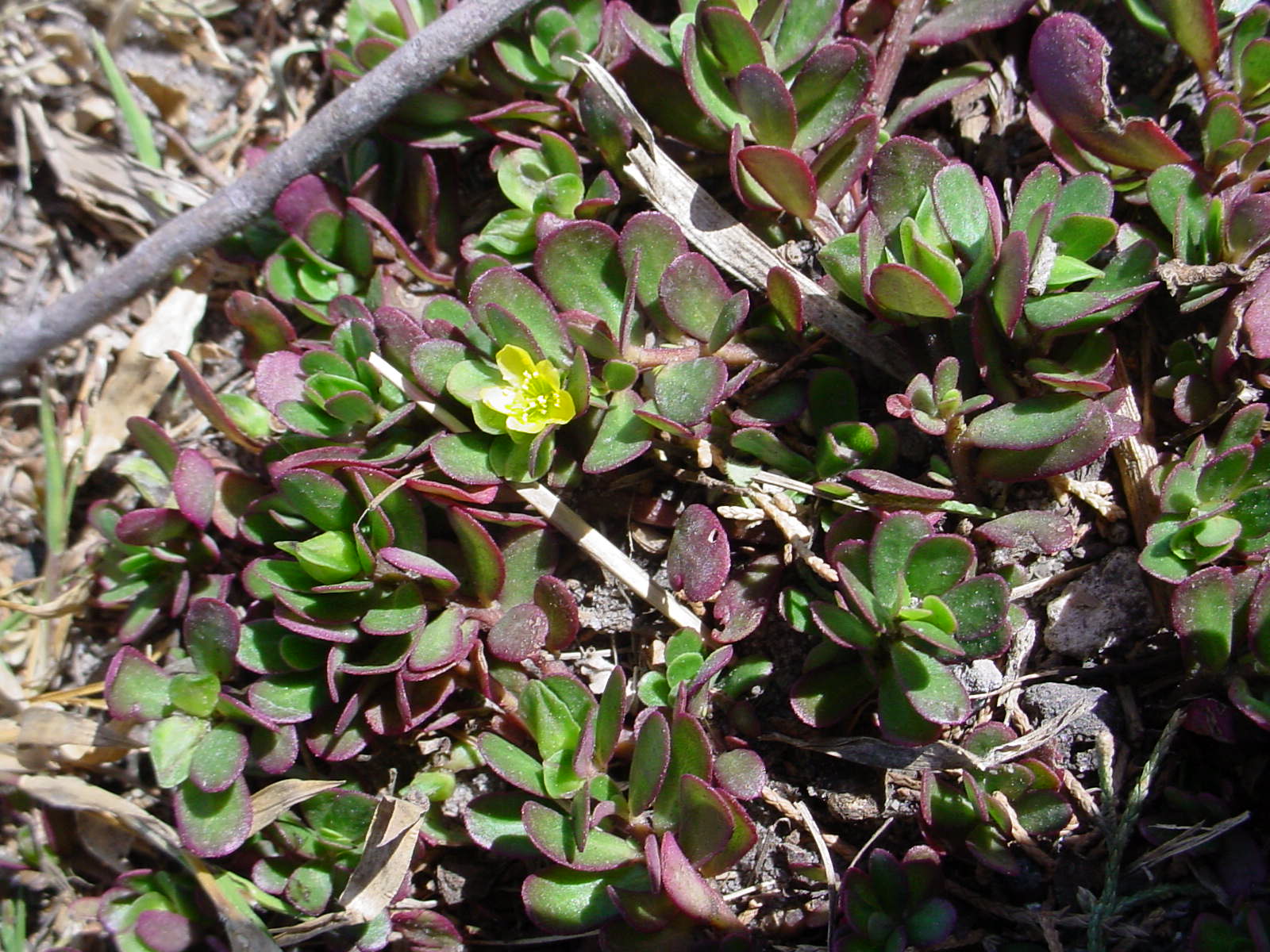Prevent Purslane From Taking Hold in the Garden
Red-edged succulent leaves and stems may sound like an attractive plant, but purslane is one of those weeds that can take over if not kept in check.
As temperatures heat up in late spring, purslane becomes one of the most common weeds popping up in lawns, vegetable gardens, and flower beds.
This mat-forming creeper is distinctive for its succulent little leaves and stems – a water-storing trait that makes purslane such a summer survivor. Purslane is also a rampant seeder that has spread all through the U.S. and throughout most of the world from its apparent native home of northern Africa and India. It was already growing in America when Columbus arrived.
What’s less common about common purslane is that it’s considered to be a nutritious and tasty green in some cuisines.
The plant is high in omega-3 fatty acids (the same nutrient that makes fish and flax seeds health-food champions), and it’s rich in vitamins A and C, calcium, iron, magnesium, potassium, and antioxidants. Besides being eaten raw in salads, purslane is often cooked into soups, where its mucilaginous (i.e. “slimy”) nature makes it a good thickener.

Purslane has small yellow flower and red-tinged leaves and stems.
Purslane (Portulaca oleracea) is a summer annual weed that sprouts in most climates from late spring through mid-summer. It’s sometimes called "wild portulaca." Purslane’s small, succulent paddle-like leaves are smooth, glossy, and green on top and maroon-tinted underneath. The succulent stems are also tinted maroon.
Four to six weeks after emerging, small yellow flowers begin forming in the middle of the leaf clusters. The flowers mature by late summer to produce huge quantities of tiny, black, kidney-shaped seeds that drop into the soil to fuel future outbreaks. Purslane hugs the ground at only three to four inches tall, rooting as its arms creep. Mats can spread three feet wide.
Purslane grows best in full sun, although it’ll also grow in somewhat shady sites. This is a tough plant in less than ideal soil, too, able to deal with dry, sunny, sandy conditions as well as penetrate compacted clay. That versatility allows purslane to colonize not only rich, disturbed sites such as gardens and farm fields but also grueling conditions such as the cracks in concrete walks and asphalt driveways.
The one thing that stops purslane is cold weather. Plants die with frost, forcing it to start over again the following spring.
Because of purslane’s prolific seeding and ability to root as it spreads, this is a weed that can quickly chew up a lot of open space. Fortunately, purslane is fairly easy to kill if you hoe it or pull it while plants are young. Taproots form as plants mature, so removal is more difficult the longer you wait. Keep in mind that purslane plants are capable of rooting and regrowing even when plants are dislodged but left on the soil surface.
Seeds also can continue to mature on dislodged plants if you’ve waited until flowering to tackle a purslane patch. The lesson: get rid of plants before they flower, and remove even hoed or yanked plants from the garden.
Purslane is susceptible to a range of weed-killers, so spraying is another option. Check product labels for usage directions and to make sure purslane is listed.
Once purslane finds its way into a yard and drops seed, outbreaks can persist for years. A single plant is capable of producing 200,000 or more seeds per year, and those seeds can remain viable in the soil for eight years or more. The goal at that point is preventing as many seeds as possible from sprouting each year.
Not disturbing the soil is one strategy. Fewer purslane seeds will germinate if left buried instead of being stirred to the warmer, lighter, moisture soil surface. Another strategy is covering as much bare space as possible, either with a dense planting of desired plants or with mulch. A third line of defense is applying granular weed preventers each spring.
In landscape beds, both Preen Garden Weed Preventer and Preen Extended Control Weed Preventer are labeled for purslane prevention. Both can be applied over top of hundreds of existing landscape plants. (The labels list plant-by-plant specifics.)
Spring and summer applications of Preen Garden Weed Preventer – applied three months apart – are effective at controlling purslane, while Preen Extended Control Weed Preventer can be applied once in spring for up to six months of purslane prevention.
Preen Mulch with Extended Control Weed Preventer is a two-action bagged product that combines wood mulch with a weed preventer.
And in edible gardens, Preen Natural Vegetable Garden Weed Preventer uses corn gluten meal to prevent purslane in gardens where plants are up and growing.